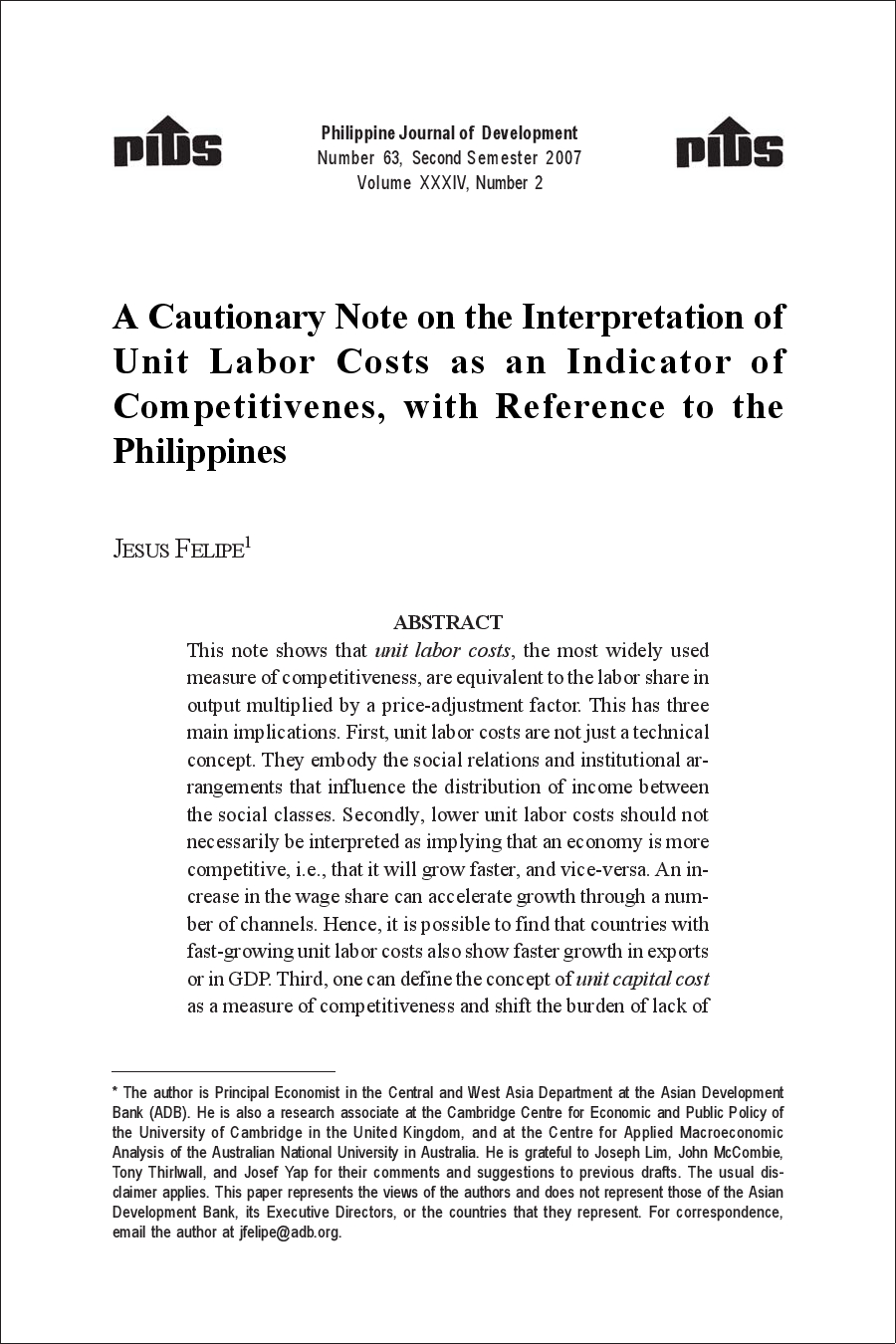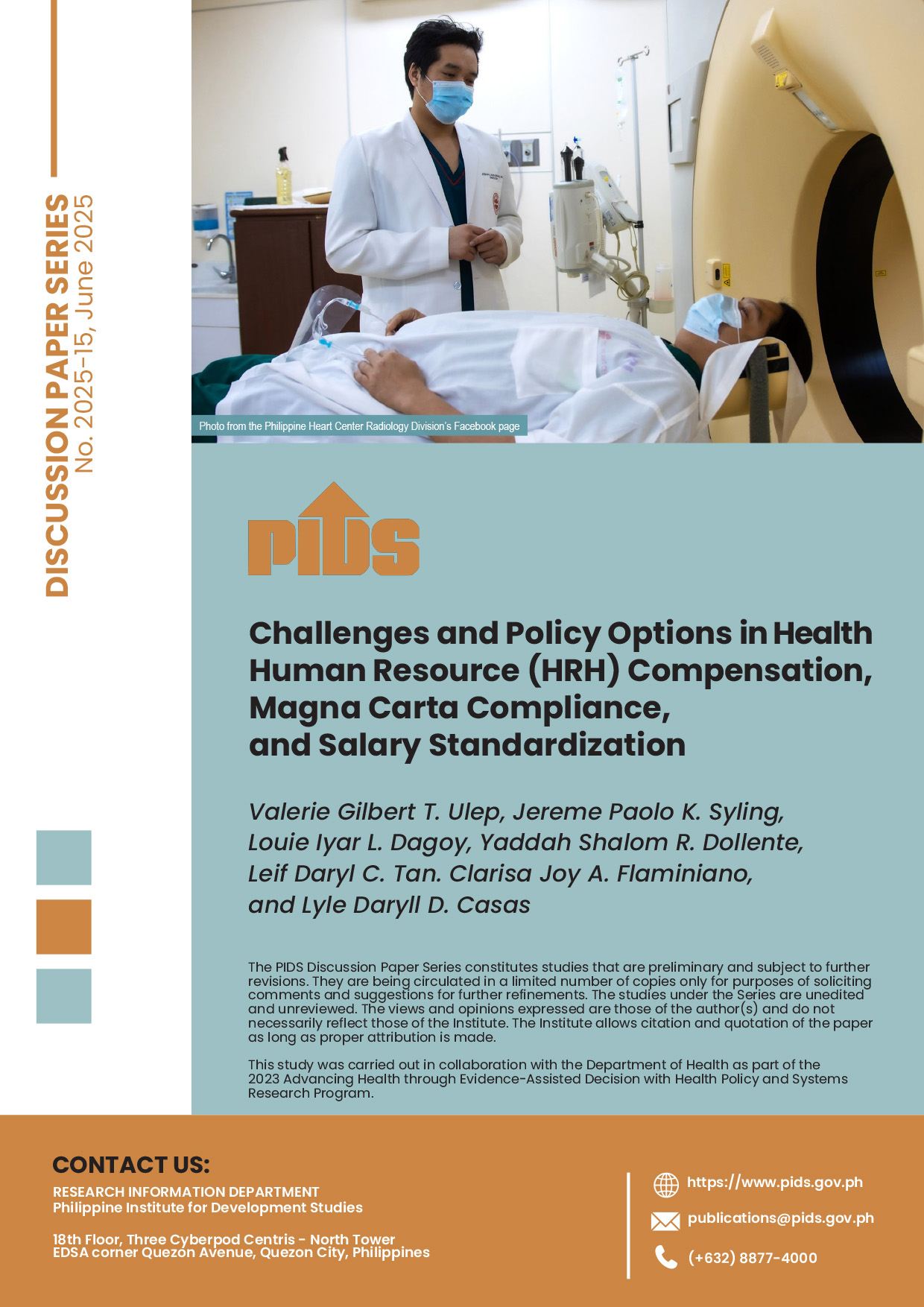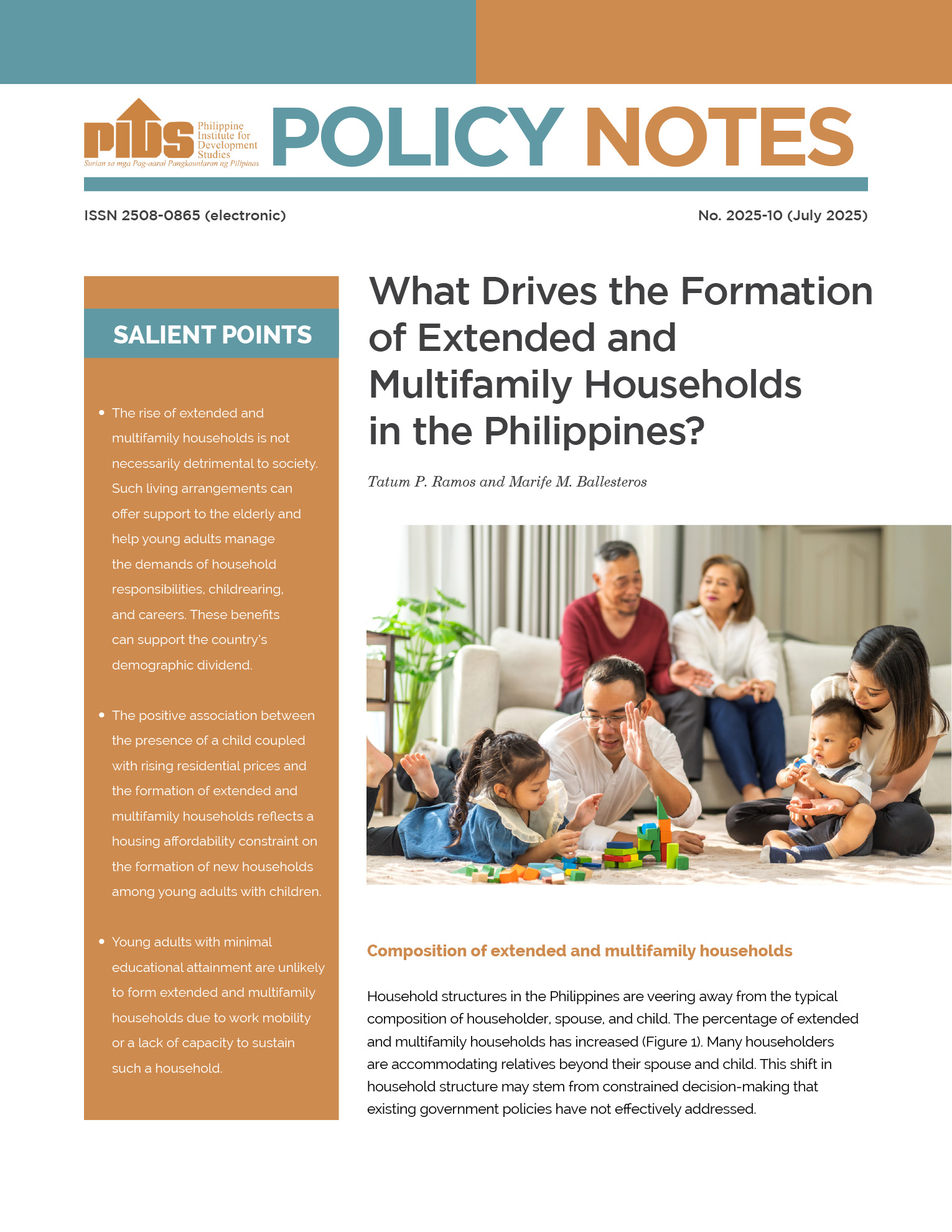This note shows that unit labor costs, the most widely used measure of competitiveness, are equivalent to the labor share in output multiplied by a price-adjustment factor. This has three main implications. First, unit labor costs are not just a technical concept. They embody the social relations and institutional arrangements that influence the distribution of income between the social classes. Secondly, lower unit labor costs should not necessarily be interpreted as implying that an economy is more competitive, i.e., that it will grow faster, and vice-versa. An increase in the wage share can accelerate growth through a number of channels. Hence, it is possible to find that countries with fast-growing unit labor costs also show faster growth in exports or in gross domestic product (GDP). Third, one can define the concept of unit capital cost as a measure of competitiveness and shift the burden of lack of growth or loss of market share to capital. In this paper, unit labor and unit capital costs for the Philippines are calculated. It is shown that the decrease in competitiveness (i.e., increase in unit labor costs) in the Philippines is exclusively the result of increases in prices as the labor share has decreased.













